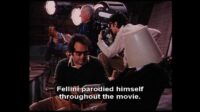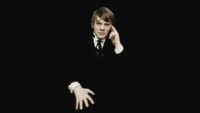The Snowman is a 2017 psychological and crime horror thriller starring Michael Fassbender, Rebecca Ferguson, Charlotte Gainsbourg, Jonas Karlsson, and Val Kilmer. Based upon the novel of the same name, the film follows Norwegian Detective Harry Hole in his hunt for a deranged serial killer that utilizes snowmen to display his victims.
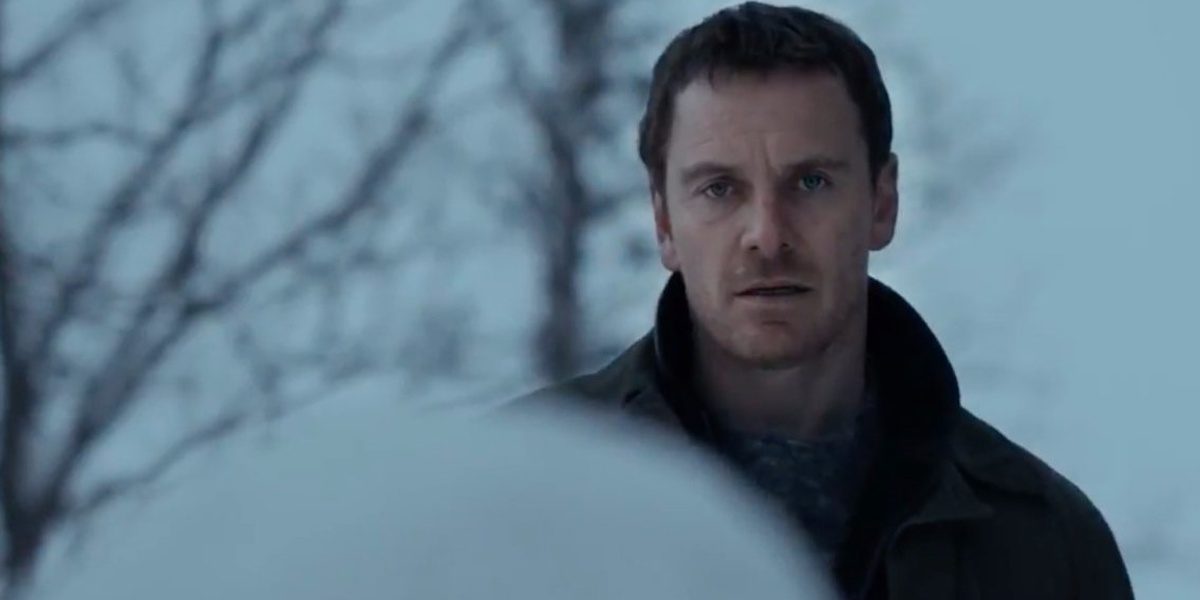
Upon its release, the film was criticized. One reviewer outlined it as “creepy but clichéd,” which isn’t far from the reality of the plot. It’s one of those movies that makes you wonder who is trustworthy, jumping from place to place until you realize who the killer ultimately is—and turn out to be right. It could’ve had far more potential and more complex characters besides the troubled alcoholic detective (Harry) or the typical rookie that dives in head first without considering the consequences (Harry’s partner, Katrine, who is played by Ferguson). A rush of clichés results in a destruction of the plot overall, rendering the characters and the storyline less intriguing and appealing.
However, the movie isn’t a waste of time. Take for instance the killer. The killer is typical in some ways, but his utilization of snowmen as a means of placing his victims is symbolic in an unusual way. This film is a perfect example of “winter horror,” outlining the darkest aspects of wintertime and the terror thereof. The film is disturbing in the ways a horror movie should be, turning ordinary objects (like snowmen) into items of terror. The actors do provide stellar performances, even if they never quite reached their full potentials to showcase their many talents. The film failed to allot more time for such showcasing, but we do get a hint of what could have been, and it’s nearly as tragic as the film’s events themselves that we didn’t get to see those talents come to fruition.
The Harshness of Winter
What is it that comes to mind when you think of winter? Snowfall, hot cocoa, Christmas, skiing, Hallmark movies? Or do you dread snow shoveling, frigid temperatures or the holiday season itself?
The Snowman takes things a step further from thoughts like these and shows the most severe brutality that comes with the wintry season. The opening scene features a mother and son skidding off the icy road into freezing cold water, sinking beneath the ice. The son escapes while the mother perishes in an apparent suicide, but it’s a devastatingly painful way to die. The son is left alone to watch his mother die, stuck on the cold, cold ice in the middle of nowhere in frigid conditions.
The final scene is easily just as barbaric in portraying the wintry weather where Harry has his final showdown with the killer, ending on ice just as it started on ice. Harry then hikes back to his family in deep snow with a force only sheer determination could conquer while most would collapse and freeze. It’s the kind of portrayal that makes you feel the cold in your bones even if you’re in front of a fireplace or watching the movie in Hawaii.
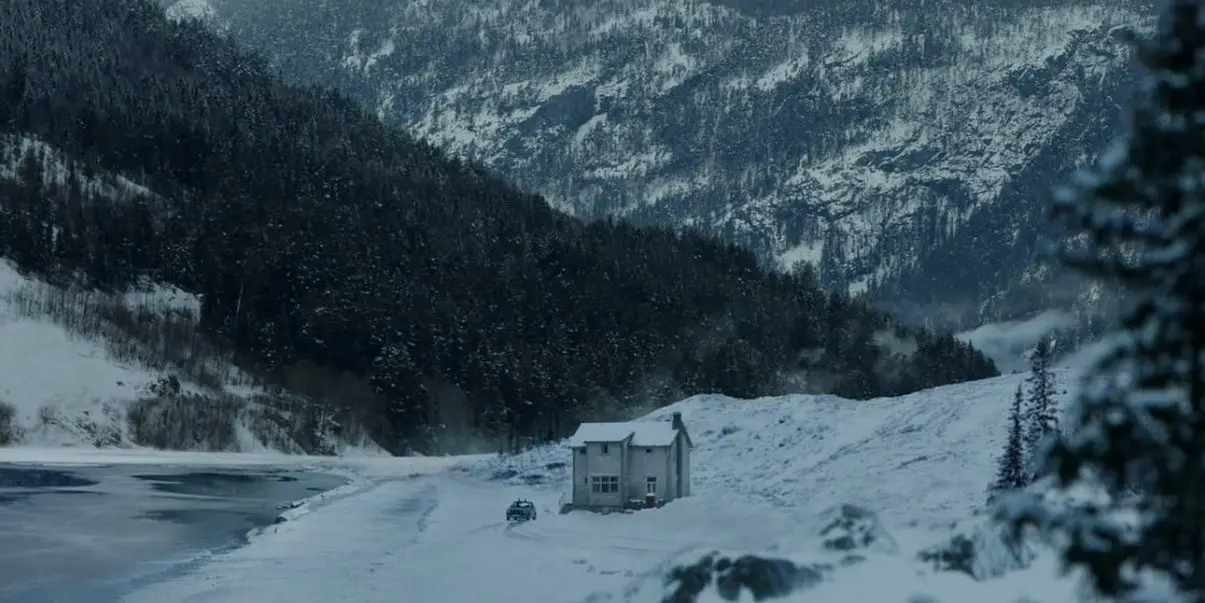
Not to mention the isolation factor. It would certainly be the nightmare of many to be out in such dreadful and icy conditions alone, without civilization nearby to help. The first scene of the mother and son out on the ice, the discovery of Sylvia Otterson’s body, and the final scene of Harry’s confrontation with the killer on ice are all prime examples of winter and isolation, which in turn manifests a feeling of fear that resembles real life. When the events of horror movies can really happen, it’s the most frightening aspect of any horror film. Imagining oneself lost in wintry conditions without anyone to turn to is a nightmare worthy of inducing panic attacks. It also paints ruralism with a bloody brush of sorts, pointing out that a quiet life in the country isn’t immune to danger. The horrors of civilization can infiltrate the country, and the real world can invade anyone’s safe haven regardless of location.
Winter can seem exotic, coating the world in a layer of white, but The Snowman stains the whiteness with blood, ruining any exotic or homely look of a cabin in the woods or otherwise. Winter may mean things like “’tis the season to be jolly,” but it could also mean absolute destruction and utmost tragedy if The Snowman is anything to go by.
Mother-Son Dynamics
The first scene is really the hook of The Snowman. What kind of mother lets go of a steering wheel, placing herself and her son in danger as they go off the road onto the ice, and then forces her son to watch her die as she refuses to save herself? What was going through her mind? It’s compelling, really, because you have to wonder exactly what happened in her lifetime that led her to that point, to be so selfish and to traumatize her son so severely.
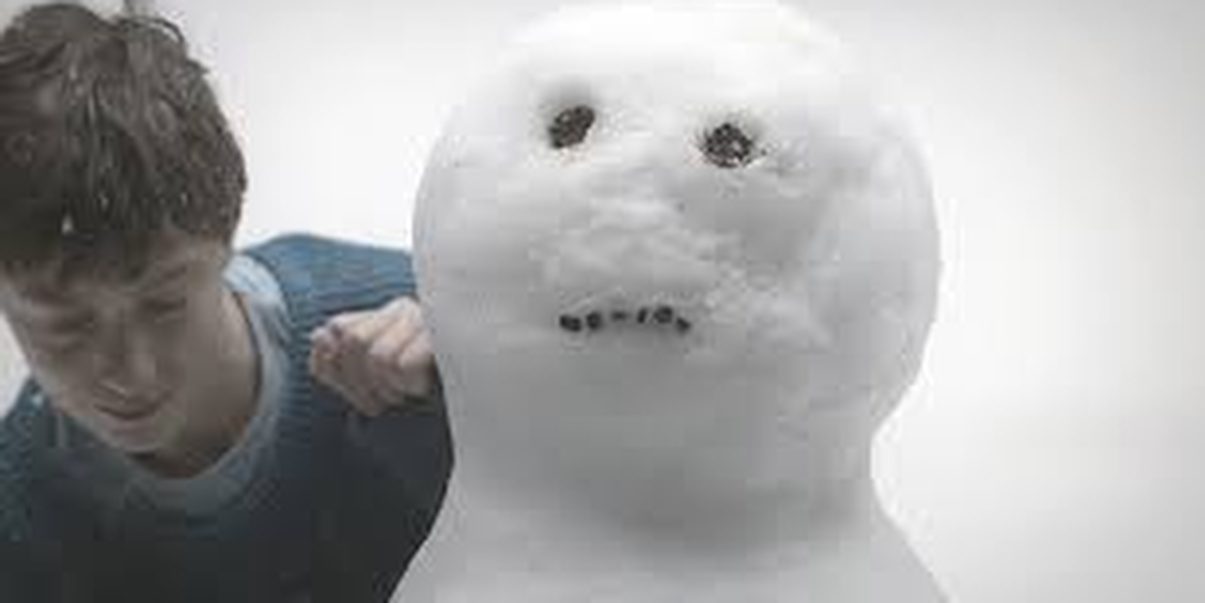
The uninterested, empty facial expression she holds in her last moments is extremely eerie. She doesn’t say anything to her son, not an apology or a final declaration of her love for him. She has no regrets or second thoughts as the water rises and she sinks into the icy depths of what will become her watery grave. She simply stares at him, maintaining eye contact as she sinks. The whole scene is enough to open a dark pit in your stomach and traumatize the audience just as much as her son.
According to this article, a common characteristic shared by serial killers is their relationship with their mother. When a child fails to maintain some level of autonomy with their mother, it will result in rage (Moesch, 1998). In this case, the mother willingly abandoning her child and forcing him to watch her die was the inciting event that would turn him into the serial killer with a hatred for women that taunts Harry Hole. He was angry with her, but I found it interesting that Harry, during his final encounter with the killer, points out that it wasn’t the mother who was the problem, but the father. The father never wanted his son, and it caused the mother’s undoing.
Harry’s point was that the killer had been angry at the wrong parent the whole time. Harry was right, and I could see how it shattered the killer’s entire belief system and perspective that he’d built upon ever since his mother’s death. Then, the cruelest form of karma strikes and the killer falls and perishes beneath the ice just as his mother did years before. Though tragic, it was suiting, and the killer had it coming, especially after all the terrible acts of crime he had committed.
Sympathy For The Police
Harry is the epitome of the burned-out cop: a struggling alcoholic, yet dedicated to his duty. Harry is a cliché, but there are a few things we have to appreciate about this cliché that couldn’t be more realistic.
Police see tragic things on a daily basis. There’s no break in between. They do their duty because they care and have taken an oath to protect the public at all costs. This cost includes their own health, physical and mental, and the sacrifices they make which could mean anything from a lack of sleep to time with their families. Harry is burned out from making these sacrifices for so long and seeing such terrible things, so we have to admire him for his strength and willpower. He isn’t perfect, but no human being is.
Harry is haunted and has to face his worst demons yet when his family is put in danger in the film. He does rescue them, as we knew he would, and shatters the worldview of his serial killer foe, who turns out to be closer to home than Harry had previously realized, which ensures the killer’s literal and figurative downfall. Of course, it’s a movie, but very few can do what Harry did, and for that, his character is very admirable.
Childhood Innocence Lost
The creativity of the killer in utilizing snowmen to place his victims is undermined by its horror factor, as it should be. The thing is, this symbol bears further scrutiny because it holds a significant meaning, especially in regard to the killer’s childhood.
Snowmen are a symbol of childhood innocence. Everyone excitedly runs outside to play in the snow, making snowmen and snow angels, all too happy that school has been canceled and that in turn the children have been given an entire day of freedom just to be children. Snowmen are primarily viewed as a fun winter activity and are memorable and happy characters like Frosty the Snowman in pop culture.
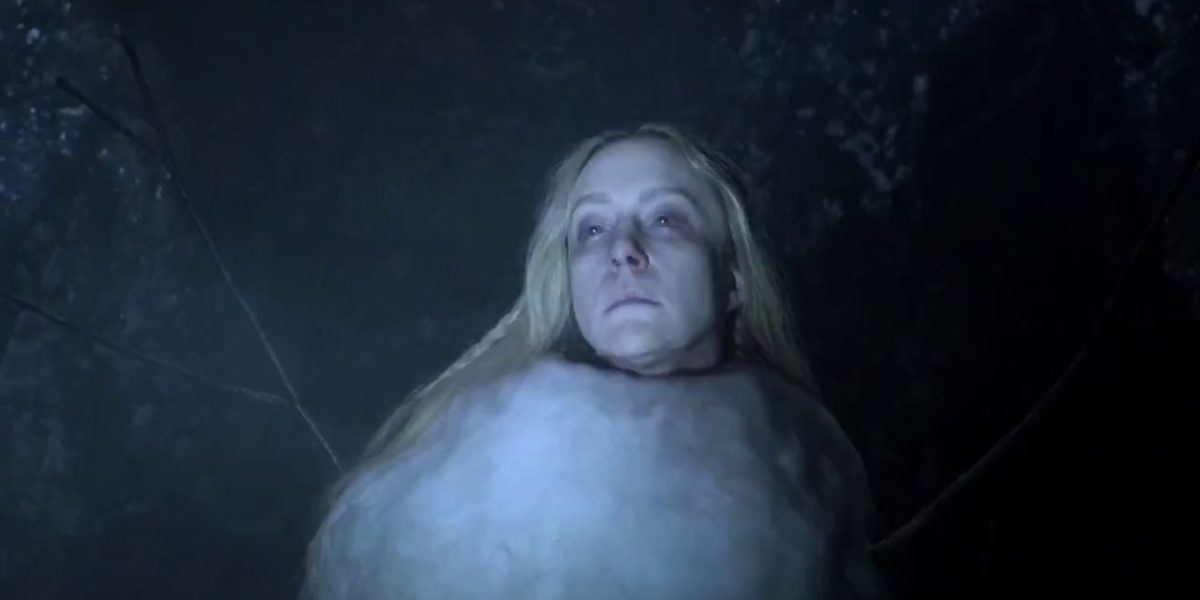
The Snowman twists and turns this childhood activity into a horror tactic, showing how just a few changes and finishing touches can make something so innocent into something so completely disturbing and taboo that it sheds the innocence of said object entirely. The sight of a human head instead of two eyes made out of coal and a button nose essentially ruins childhood innocence. It’s one of those things that you can’t un-see because it has rendered the image of the snowman into a tainted one, marked with death. It’s enough to ruin anyone’s memories of making snowmen in their childhood, or even as adults. Snowmen are meant to remain pure and innocent, so the shattering of this quality is a meaningful one in the film.
The Snowman makes up for what it lacks in plotlines with symbolism, the effect of geographical location and psychological warfare, especially where it concerns family dysfunction. It will break your heart and mess with your head, render childhood innocence an illusion and leave you with a feeling of dread and an inescapable cold in your bones.

